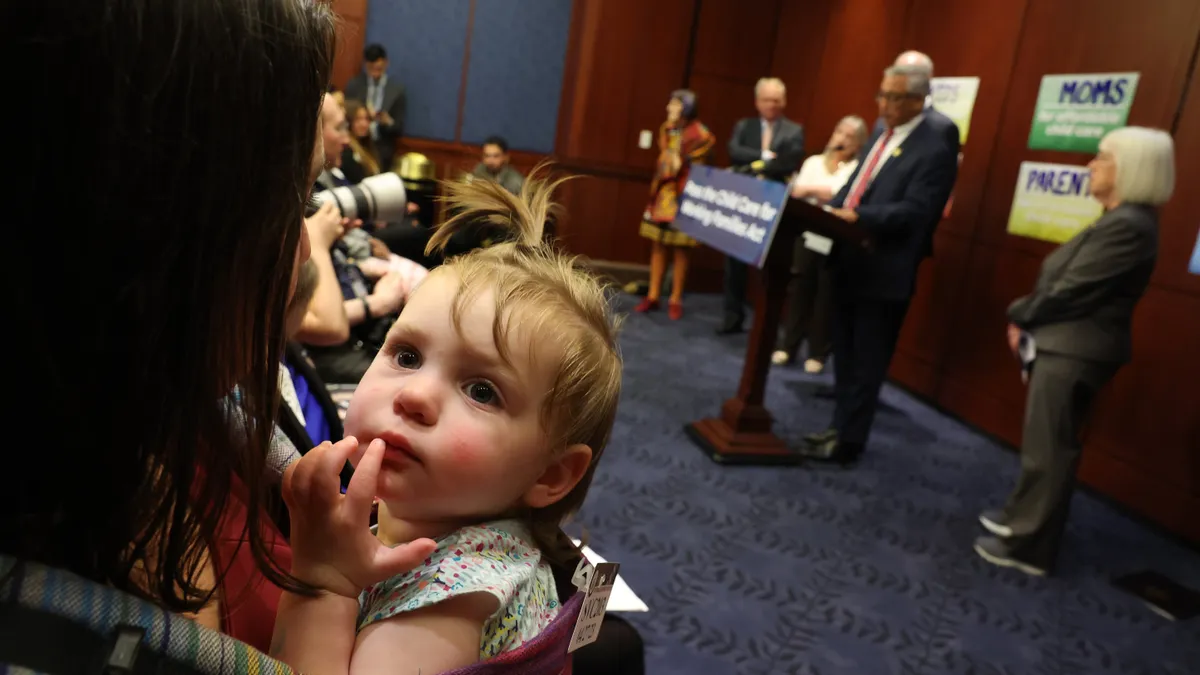Open enrollment may be just around the corner, but for thousands of HR professionals, the planning stage has already begun. Vacation requests are being denied, vitamin stocks are being replenished, and take-out menus accumulated for the onslaught of enrollment paperwork.
Ensuring that every form is received from every eligible employee, filled out correctly and signed, filed and forwarded as needed is a high-volume, high-pressure task done in a miniscule window of time. But HR Departments across the country get it done annually, and with little complaint (outside the department, that is) or complication.
According to the U.S. Bureau of Labor Statistics, the average cost of comprehensive employee benefits is equal to about 30% of total compensation. The highest expenditures go to health insurance and legally mandated benefits (social security, workers’ comp, unemployment and Medicare) which account for almost half. For such a costly and valuable line item, remarkably few employees are well-versed in what their plans have to offer, much less how to avail themselves of goods and services.
The challenge many HR professionals face is larger than the accumulated paperwork: how do they translate the value of the benefits being offered, as well as remind staff to use the services and options they have at their disposal? When you’re so busy processing paperwork you rarely have time to talk about the benefits employees could be getting from their benefits package.
Don't: Wait for an emergency
For most employees, the bulk of the information they receive about benefits is at new hire orientation. They’re given an overview of what’s available to them and when, as well an opportunity to ask questions. A second chance could be when there’s a major life event — marriage, divorce, birth of a child, etc. HR professionals rarely hear from employees once the paperwork is submitted until there’s a problem, at which point the situation could be dire.
For many HR departments, proactive benefits administration is the new paradigm. Rather than waiting for a problem to occur, they want to make sure employees fully understand their choices before they make them. Employers should also advocate for workers if there’s an issue, and they should understand the value of helping workers make the most of their benefits selections. That means educating employees on the extent and limitations of their coverage(s) ensuring they make informed decisions about their options.
For some companies, the sheer volume of work undermines these goals. For that reason, many turn to outsourcing, though the legal requirements of the Affordable Care Act, Americans with Disabilities Act and other legislation alone may be reason enough to make the move. According to a report by Prudential and CFO Research, at least a third of employers are looking for outside help to manage requirements under each of the following:
-
Affordable Care Act (46% of respondents)
-
Americans with Disabilities Act (40% of respondents)
-
Family and Medical Leave Act (39% of respondents)
Do: Ask for help
The amount of information and choices can be overwhelming for employees, Dr. Abbie Leibowitz, Chief Medical Officer at West’s Health Advocate Solutions, told HR Dive. Integrating employee benefits means addressing the growing demand for convenient and effective services.
"Third party benefit support services can take the burden off an HR professional’s shoulders," Leibowitz said. "These resources can help employees navigate both their benefits options and the healthcare system to ensure that they make the best use of their benefits and achieve the best possible medical outcomes.”
One such resource is Accolade, which bills itself as an entry point for untangling health and benefits programs and care choices for employers, health plans and their participants. Greg Forrest, Accolade's senior director of marketing operations, knows open enrollment can be a stressful time for employees and companies, but says it doesn’t have to be.
“The most important thing is to create an integrated communication and engagement plan! Employers should start early and think about their benefits program goals," Forrest told HR Dive. "Maintain constant communication with your employees, while continually reviewing engagement performance. This should be year-round.”
Forrest also suggests widening your communications plan: “By distributing benefits information across a variety of channels, you will reach employees where they are ready to consume information: online, mobile, in-office posters, emails, virtual meetings, etc. Provide ample opportunities for employees to ask questions.”
4 troubling statistics, 8 good ideas
For companies that look to raise their employees’ benefits IQ, baseline information from The Guardian Workplace Benefits Study suggests the need is significant:
- 80% of employees believe they understand their benefits very well, but only 62% of employers agree with them.
- 25% of employees believe choosing benefits is a “guessing game."
- 47% feel their employer is doing a good job educating them about how to use their benefits.
- 51% want more relevant advice available during the enrollment process to help guide their selections.
Companies can increase benefits IQ with a range of options from large events to small. Maintaining an open door policy for the benefits administrator (BA) is the first small step you can take. Make it a point to encourage employees to contact the BA well before the open enrollment period with all their benefits questions. We've rounded up other suggestions below:
- Annual benefit meetings that precede the enrollment process to give employees an overview of the options available, with breakout sessions after the meeting for individual questions.
- Updates to policies should be issued on an ongoing basis, but make sure the language is user-friendly and not legalese.
- Tailor information and recommendations based on age, lifestyle and financial status: pre-natal or well-baby care plans for younger employees; low-risk investment choices for those who are nearing retirement age; etc.
- Remind employees if your health programs provide “Ask a Nurse” services that they and their dependents can call 24/7 for expert advice.
- Online benefits support that includes interactive media can help educate and engage.
- Health and wellness fairs, either on-site or virtual, give employees a chance to engage one-on-one with representatives of all plan options to ask questions and receive information and updates.
- Provide incentives to participate in wellness initiatives like smoking cessation or health club memberships.
- Send periodic reminders to submit Flex Spending Account receipts, before the end of the year deadline.
Above all, Leibowitz said, communication is key. "Providing benefits information via multiple channels, including email, in-person meetings, flyers and online portals, is more likely to effectively reach employees with the information they need to select the best option for them."
Offering access to trained benefits specialists who can provide employees with “live,” personalized assistance before they make their selection might allow them to better understand how the different options fit their unique health situation, he added.




















